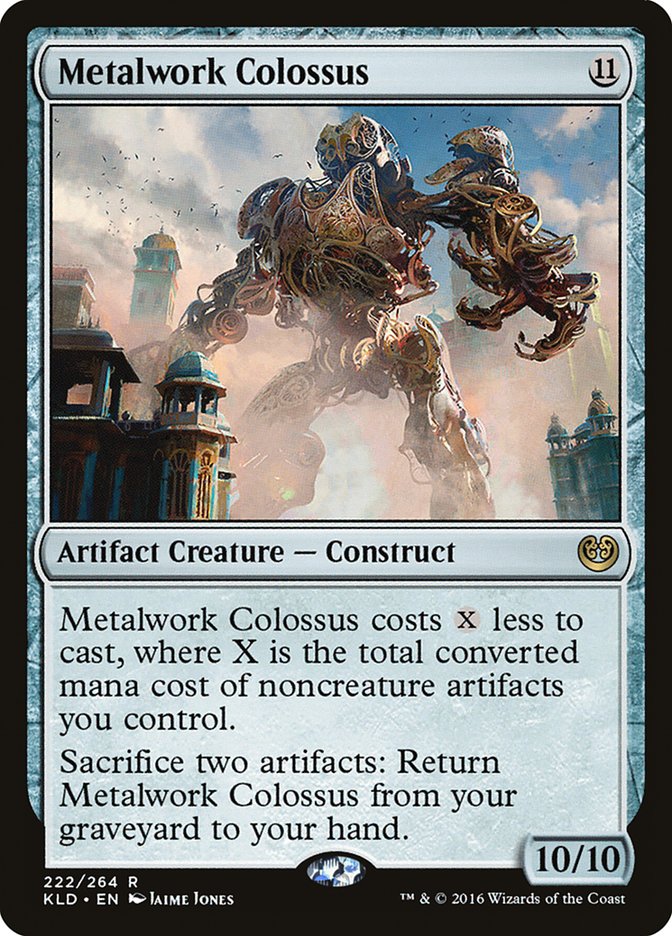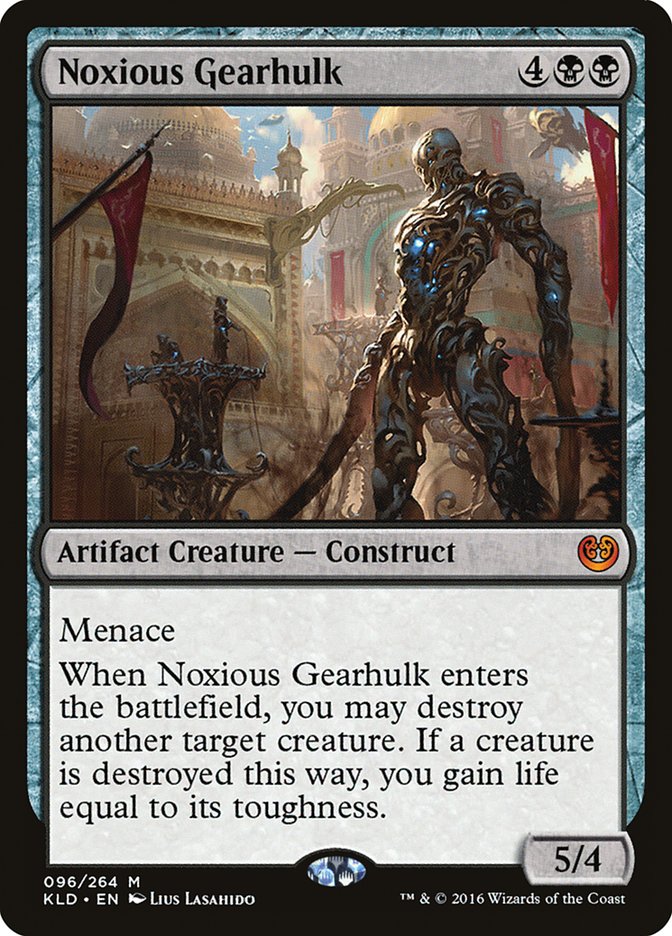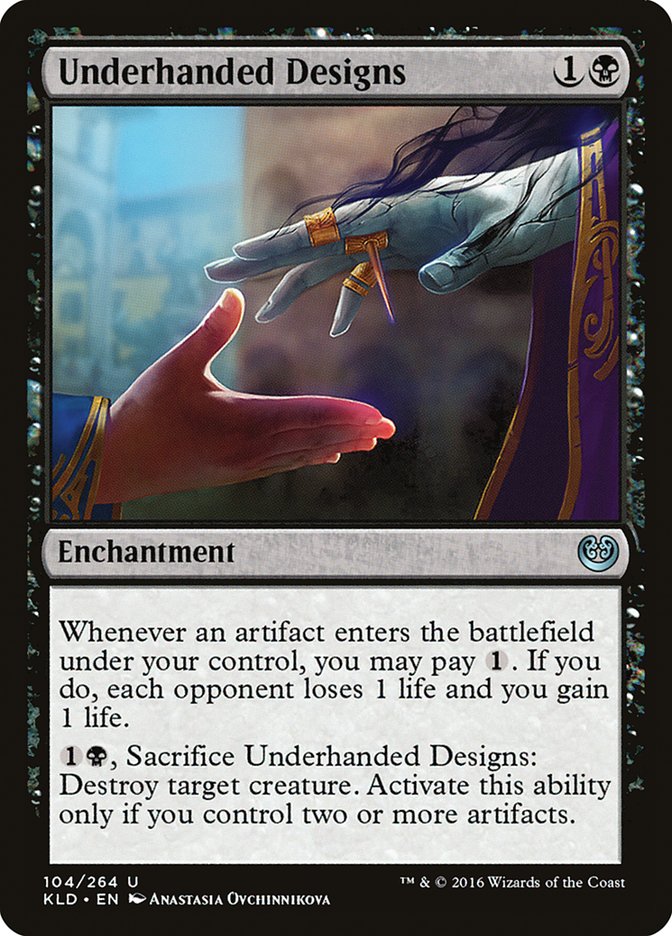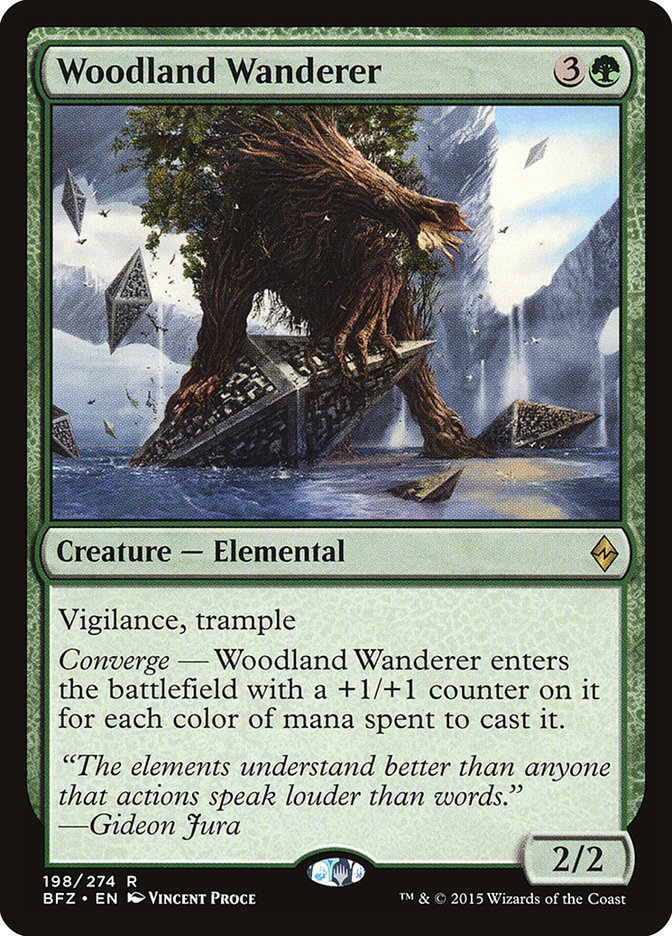Thanks to several recent high-profile Standard events, Standard is undergoing a bit of a shift with cards like Torrential Gearhulk, Scrapheap Scrounger, and Skysovereign, Consul Flagship getting a bit more camera time than they’ve gotten previously. No matter which direction you go, though, artifacts are so hot right now.
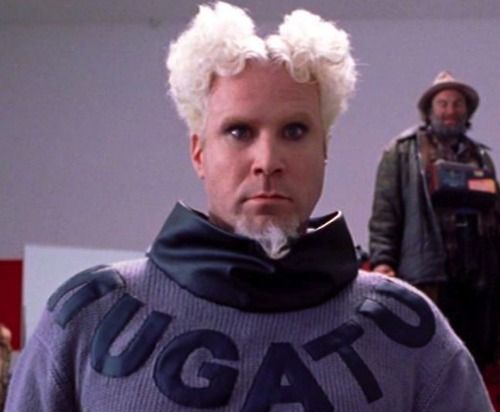
Smuggler’s Copter is so hot right now.
Yes, thanks, Mugatu. You can’t help but play some number of artifacts these days, and we expected that. Kaladesh follows in a long line of artifact-matters sets, and Wizards of the Coast always pushes their importance, which makes the set feel relevant and gives us something new to do.
Right now, the decks we make and play are high-skill, high-practice decks that are difficult to build and test in a vacuum. They encourage tight play, a good understanding of the match, and a clear plan for the battlefield. No more jamming this or that card just because it’s good enough; we live in a world where good choices, strong awareness, and thorough planning allow the better player to convert the match to a win.
That being said, you sometimes just want a big beatstick.
Metalwork Colossus is a monstrosity, sitting high atop the curve of any deck that dares sleeve it up. On one hand, it’s a vanilla 10/10 with a marginal amount of cost reduction. One Hedron Archive makes it a 10/10 for “five” mana, and that in and of itself might be good enough. On the other hand, though, it’s an inevitable threat and potential enabler thanks to its manaless rebuy.
Several pros have gotten behind the wheel of Metalwork Colossus, and some have even seen some success with it. Our own Emma Handy had a solid Top 64 finish early in this season’s Standard.
Creatures (16)
Lands (24)
Spells (20)

Emma’s plan is straightforward, consistent, and relatively uncomplicated. It combines always-active turns with inevitable bruisers to wear down the opponent, making the opponent awkwardly defensive against a midrange kind of deck.
I want to start from a list like hers; while crafting the deck for today, she and I made many of the same choices, but there were a few cards I wanted to try which slide the deck in a different direction.
Metalwork Colossus likes lots of piddly artifacts on the battlefield. The closer you can get to a free 10/10, the better, and it’s best when you can eat two artifacts and still cast the Colossus on the cheap. Terrarion was a card I thought of right off the bat; I first played with Terrarion years ago with its first iteration in Ravnica, and I didn’t quite understood how it worked or why it was good.
It’s no Chromatic Star, but Terrarion can provide powerful fixing while granting a benefit when it dies. You need not activate Terrarion to draw a card, so if Metalwork Colossus eats a Terrarion as part of its rebuy ability, you still get to draw. Metalspinner’s Puzzleknot, along with Prophetic Prism, reduces cost and draws up to two cards, if you need it. Speaking of drawing cards, Morbid Curiosity seems wacky. Yes, I’ll draw eleven cards off my Colossus, thank you. Again, the cheaper the Colossus, the better. Sensing a theme?
This was where I started.
Creatures (11)
Lands (24)
Spells (25)

Creatures
Emma’s list sports a solid sixteen creatures, but mine cuts that number down to eleven. This translates into fewer Scrapheap Scroungers, no Smuggler’s Copters, and more noncreature artifacts to help keep the Colossus cheap.
Noxious Gearhulk seems like a shoo-in for this kind of deck; anything that interacts with artifacts and is black seems like it can find a place for a hard-hitting, evasive bruiser with a great enters-the-battlefield effect. With cost reducers like Foundry Inspector and ramp cards like Hedron Archive, Noxious Gearhulk is easily within reach.
Spells
Emma’s Colossus deck uses two colors with fixing in the form of Cultivator’s Caravan and Prophetic Prism. Theoretically, adding Terrarion gives us that much more depth in color choices. However, I wanted to try a cleaner color requirement. Thus, instead of ramping up the color count, I cut it in half, moving towards a mono-color build with only black and lots of useful colorless-producing lands to give the deck a bit more flexibility. The lands will become a critical part of gameplay. An artifact-heavy base usually means there aren’t many instant-speed effects, so this balances out that weakness a bit while making the mana more reliable.
This card is really close to being a slam dunk for me, and I wanted to test it some more to test how dunkable it is. In many ways, this is Sinister Concoction with a deckbuilding constriction instead of a resource constriction. This effect is still very powerful to kill things like Emrakul, the Promised End; a Smuggler’s Copter; Skysovereign, Consul Flagship before it attacks and triggers; or an Archangel Avacyn before her trigger applies. Plus, it’s a good early play to get the life drain going or a late play to off a creature.
Lands
As previously stated, the lands allow us to have a more flexible, proactive manabase. Mirrorpool, in particular, leverages the fact that our mana is easier to mitigate its entering the battlefield tapped. Copying a Morbid Curiosity or Spatial Contortion is fine, but I love the ability to bring in a Colossus for cheap, copy it, and have straight lethal on the battlefield. Blighted Fen, combined with the considerable removal package in the spell and creature base, gives us selective ways to handle the format’s toughest creatures with ease. The other lands in the deck are here as trials as well. With a strong colorless base, we can kind of interchange the winners and the losers after some testing.
Sideboard
More than most previous Standard formats, it’s hard to know from the outset what sideboard cards are good fits for both your particular style and archetype and as solid answers for what your opponent’s trying to do. Still, before testing, it’s important to have a list to run with. Thraben Gargoyle (and other cards before it) have always seemed like neat players in the anti-aggro matchup. On the ground, the Gargoyle stops Humans fairly effectively, and later on, it can flip to counter a Smuggler’s Copter or attack through once you’ve stabilized. Lost Legacy, like Infinite Obliteration before it, handles those boogeymen of the format: Emrakul, the Promised End; Elder Deep Fiend; Archangel Avacyn; Spell Queller; or anything else hassling you in Game 1. Copy it with Mirrorpool for added effect!
Warping Wail counters their Lost Legacy, as well as sweeper effects. Exiling their one-power creature is more relevant than ever with Smuggler’s Copter running around, and it can buy you time. Tidy Conclusion is a card I’ve wanted to test as a one-of in the sideboard, and this seems like a perfect place to try it.
My favorite way to test these days is with a full-round, four-match gauntlet. Let’s see what the catwalk has in store.
Likely fresh on the heels of a strong finish at Grand Prix Kuala Lumpur, W/U Flash seemed to be a big choice for this week. In Game 1, my opponent got a sluggish start, and I got the jump on them with Cultivator’s Caravan. The deck proved unable to block a 5/5; the Colossus was overkill. I sided out Noxious Gearhulk, as Selfless Spirit and Archangel Avacyn make it look a little silly, and the lifegain was not terribly relevant either. However, I had too little pressure post-sideboard; Thraben Gargoyle was too slow and was irrelevant on the ground anyway, and my removal was invalidated by timely Selfless Spirits, Rattlechains, and Archangel Avacyn. I folded in Game 2, and Game 3 was worse still.
0-1
“Here we go again,” I thought. You may not see many of these, but I do a lot of 0-4 gauntlets while working out the best mixture of a deck. This was setting to be just another scrap pile.
Round 2 – W/R Vehicles
The Vehicles matchup is notoriously challenging; the speed and durability of its threats is uncomfortable for most opponents, so I was already wriggling in my seat when I saw a Veteran Motorist come down.
Thankfully, in Game 1, most of his removal and alternate spells were worthless, so his draw was fairly weak. I did my best to kill any Smuggler’s Copter I saw. The singleton Skysovereign, Consul Flagship turned up both games, but it really shone in the first one, smashing threats and keeping me one step ahead of him. Spatial Contortion was excellent, and Noxious Gearhulk did what it was supposed to. In Game 2, he stalled at two lands, and my removal was much better aligned.
1-1
Seems like a fluke, to be honest.
This is what it must have felt like to play in Malaysia this past weekend. Glad Mugatu’s not here.
This time, I knew how to outplay my opponent a bit better. After a nail-biting Game 1 where he had exactly Archangel Avacyn, I sided in every Warping Wail, which turned out to be an all-star for the next two games. This unanswerable removal spell could pick off anything with incredible efficiency. After drawing two out of three copies of Warping Wail and resolving a six-life Tidy Conclusion, I was sold on both.
2-1
Round 4 – Woodland Wanderer Aggro
I hadn’t seen or heard of this deck before, but I loved it from the moment he slammed a turn 3 6/6 which I could never hope to answer.
This deck was incredibly efficient and reliable, and in Game 2, I crumbled just as swiftly as in the first. My opponent had too much going on, and each threat demanded I crack my Underhanded Dealings until I just plain ran out. Most of the opponent’s creatures were too big for my efficient removal, and I was floundering the whole time. Noxious Gearhulk was my strongest card, and once I got that level of mana, that’s what I wanted to draw every turn.
2-2
So-so. Nothing I’m super crazy about, to be honest, but this did tell me some of the best cards in the deck.
Without a doubt, these were the best threats and removal I could ask for. Metalwork Colossus was only good once the battlefield was controlled. It kept the ball in your court very effectively, but it was clumsy or irrelevant if coming from behind. Thus, I think the Metwalkwork Colossus works best in a control-oriented build. There’s potential in a U/R build with cards like Cathartic Reunion providing a way to toss bulky Colossuses into the graveyard. I also like a U/B strategy focusing around Contraband Kingpin so those solid card-drawers like Metalspinner’s Puzzleknot come with a scry trigger attached and push the more defensive aspect of this deck.
Sure, there are some “it” artifacts, but Kaladesh is filled to the brim with a variety of powerful colorless metallic creations, each with the potential to make for some fun games, either in Limited or Constructed. Now, we just have to bring this Colossus into vogue.
Metalwork Colossus has lots of elements in it that work, but I’ve not been able to find them outside of the similar lists already out there. This is one of my favorite cards from the set, though, and I’m looking for ways to break it. How have you used its activated ability, cost reduction, or immense power to break out in a new fashion?


